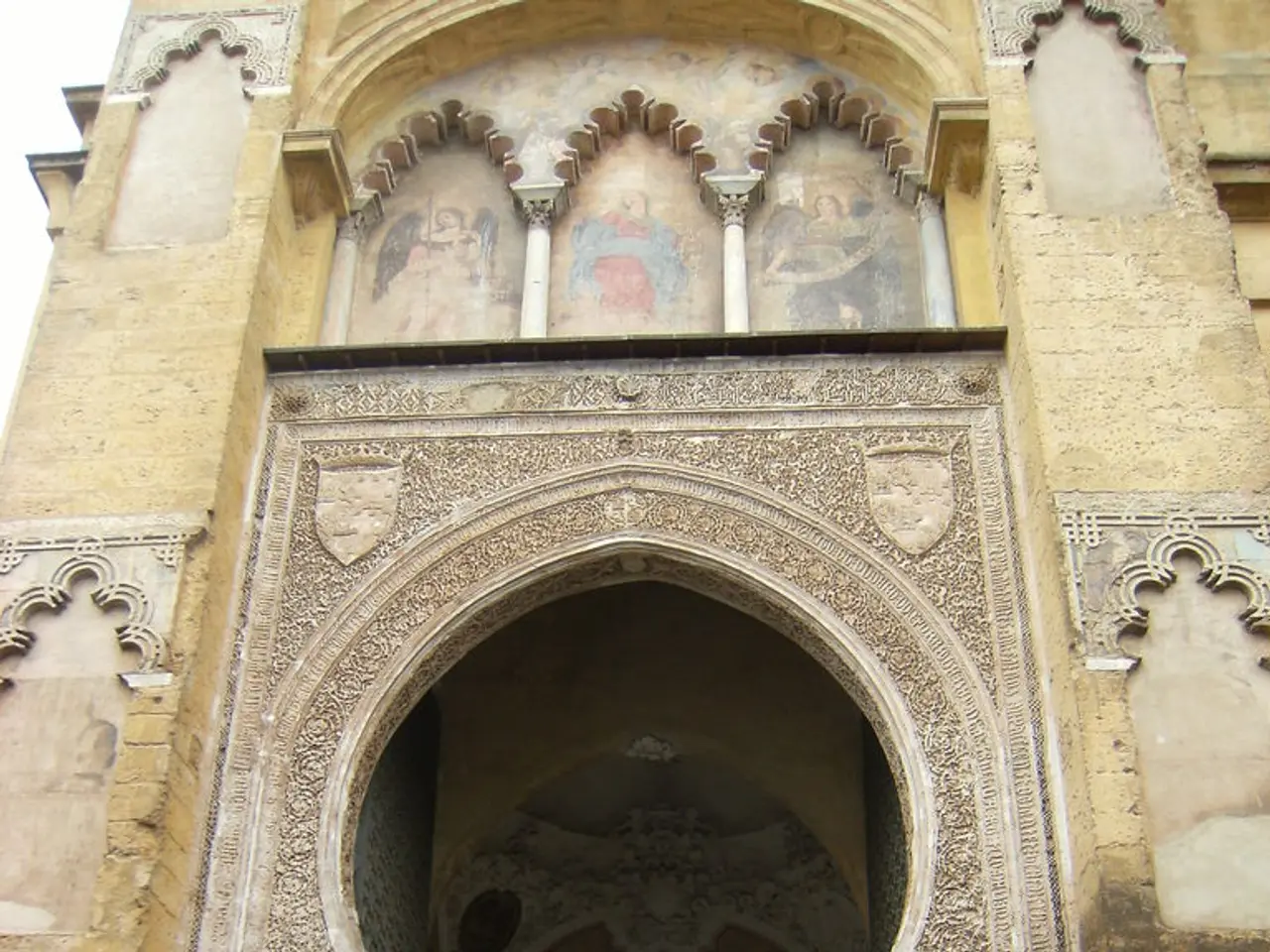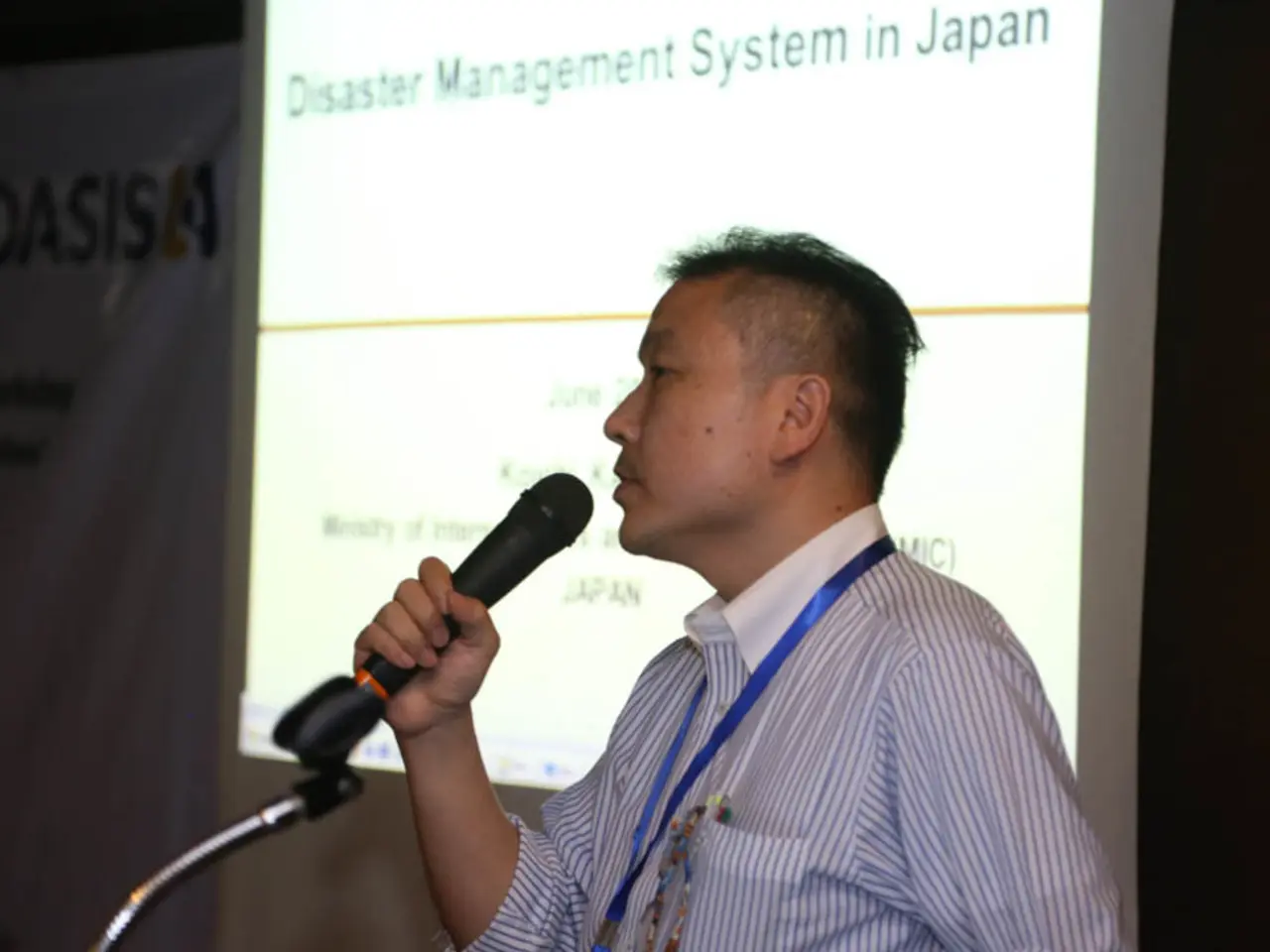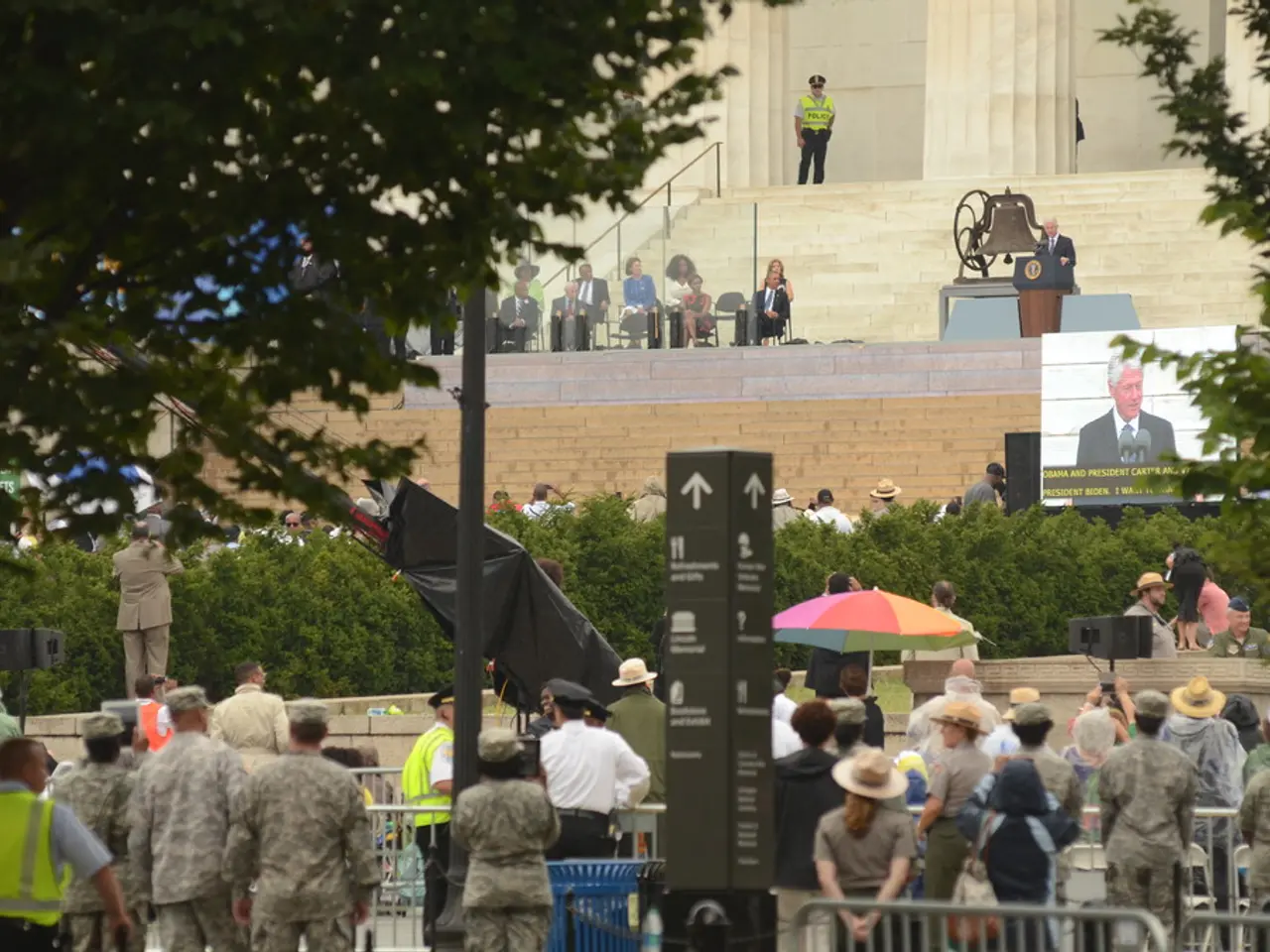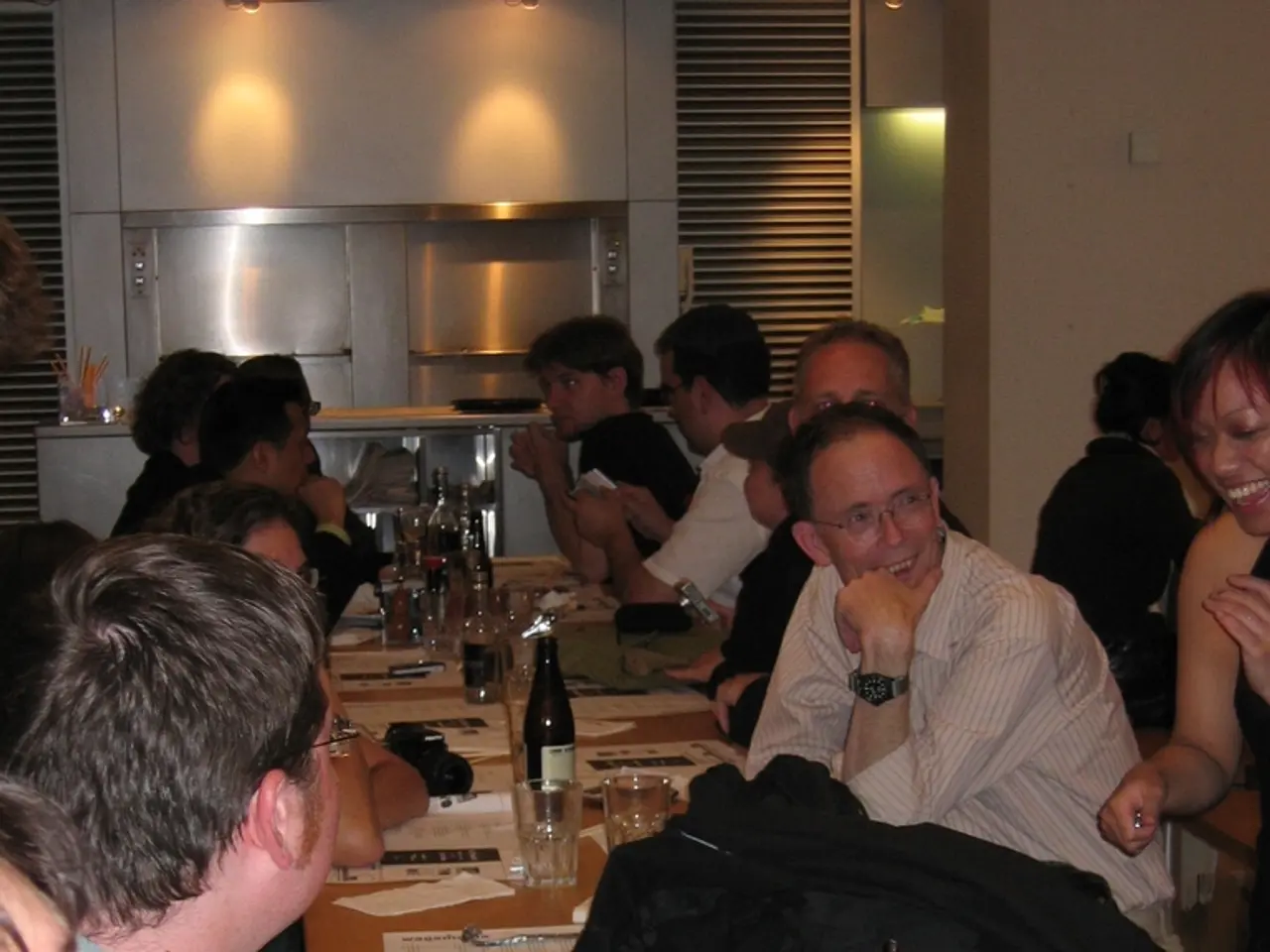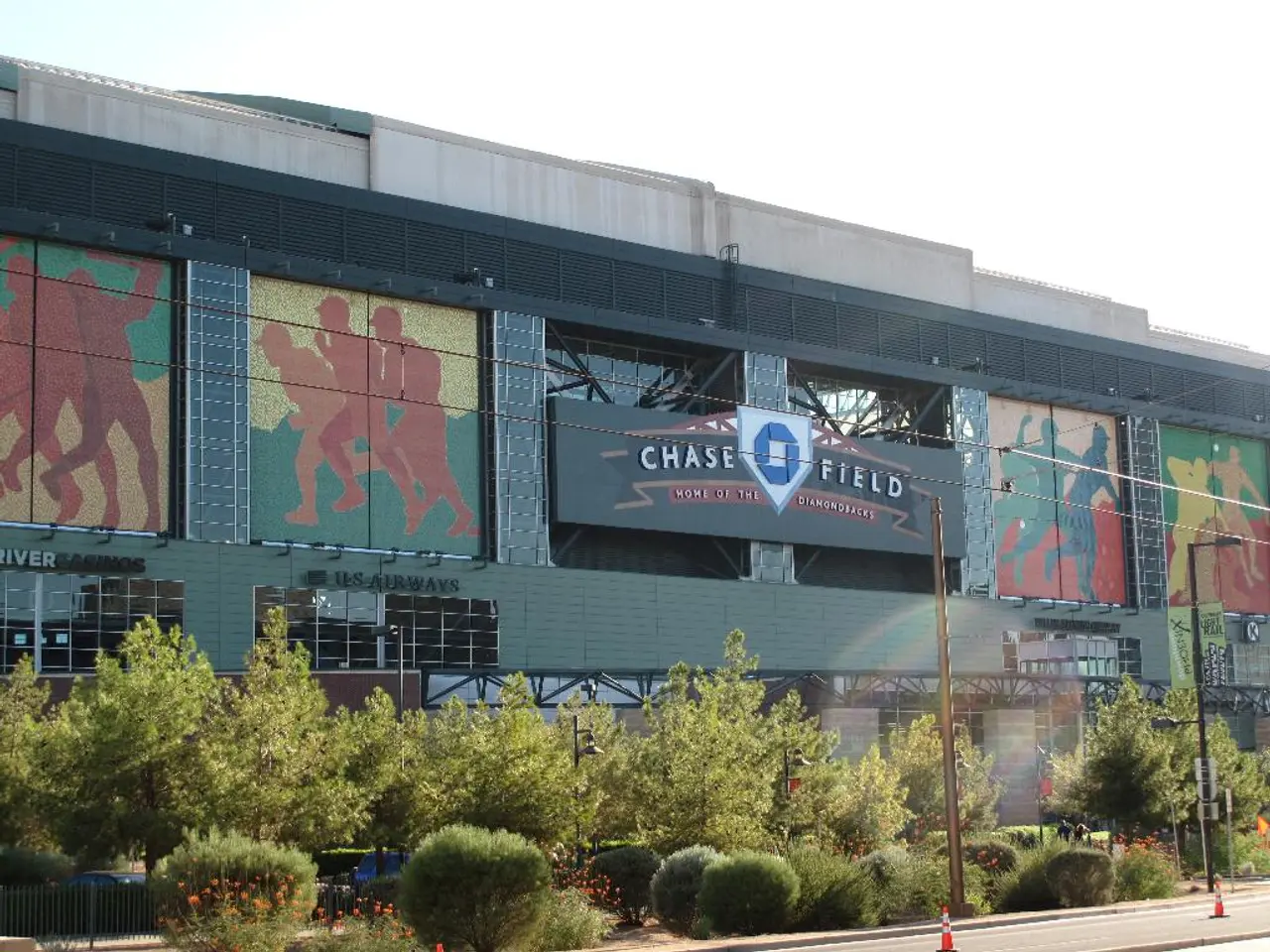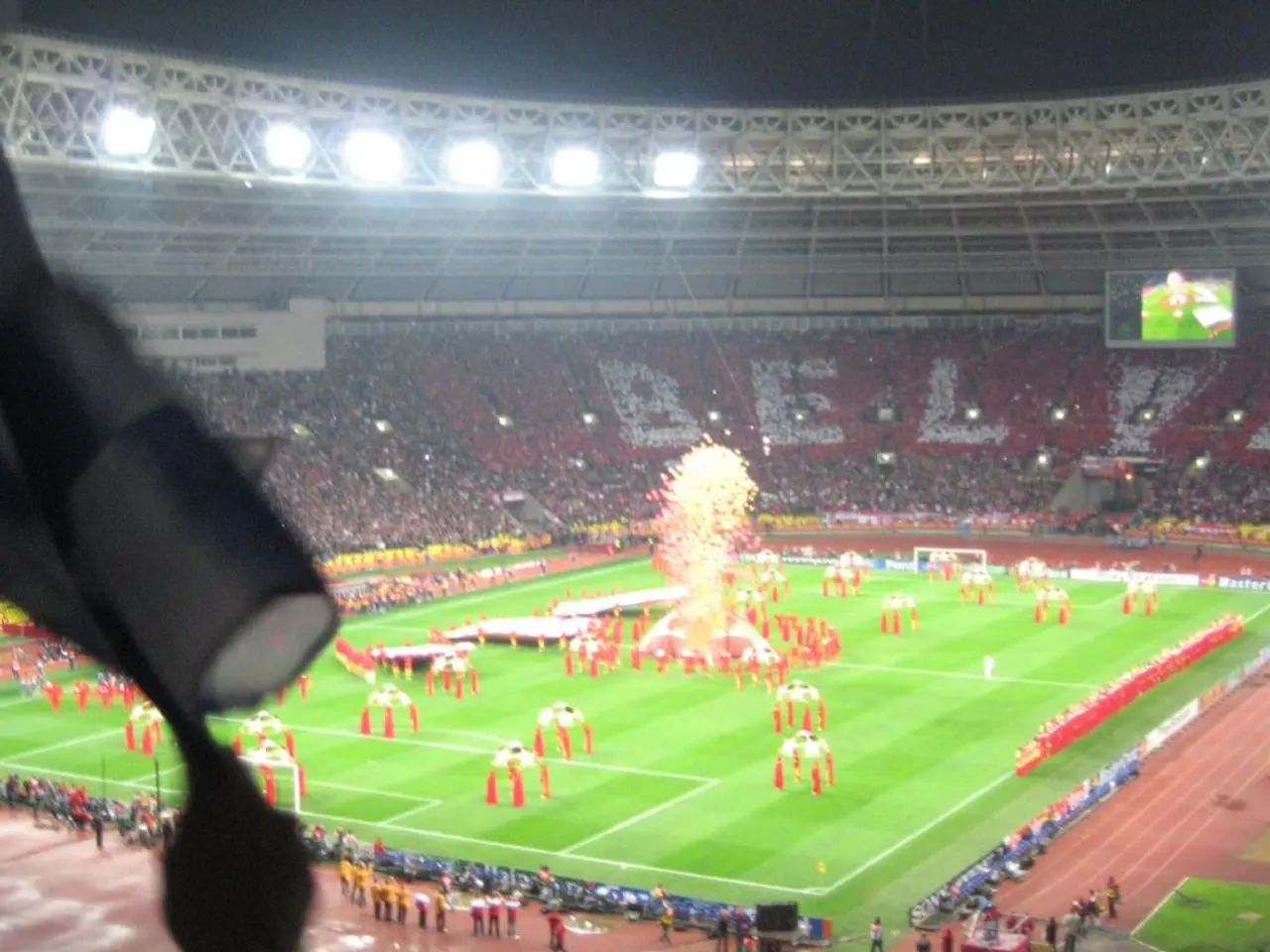Augmented safety measures implemented following VHP and Bajrang Dal's reported threat to devastate Aurangzeb's mausoleum.
In the heart of Maharashtra, a historical site of significance is under threat. The tomb of Mughal ruler Aurangzeb in Kultabad area of Chhatrapati Sambhajinagar is facing calls for destruction, sparking fears of a potential repeat of the demolition of the Babri Masjid in 1992.
Historical Significance and Controversy
Aurangzeb, known for his expansion of the Mughal empire, is a controversial figure for some due to his intolerant policies. His tomb, located in Khuldabad near Aurangabad, holds historical and architectural importance as a heritage site of the Mughal era. It symbolises Mughal history and Islamic heritage in India.
Recent threats to the tomb come amidst rising communal tensions in Maharashtra, partially fuelled by political rhetoric and public anger stirred by cultural narratives, including references to Aurangzeb in public discourse by political figures like Devendra Fadnavis, Maharashtra Chief Minister.
Legal Protections and Security Measures
The tomb is protected under the Ancient Monuments and Archaeological Sites and Remains Act, which prohibits unauthorised demolition or alteration of protected heritage sites. Any attempt to destroy or damage the tomb would be illegal and subject to criminal prosecution under Indian heritage and criminal laws.
In response to the threats, the Maharashtra government has increased security at the site, deploying additional officers from the State Reserve Police Force (SRPF) and stationing police personnel to monitor the situation. A ban has also been imposed on Hindutva activist Milind Ekbote, preventing him from entering Chhatrapati Sambhaji Nagar until April 5.
Political Stance and Public Reaction
Opposition leaders Ambadas Danve of Shiv Sena (UBT) and BJP minister Nitesh Rane, along with former MP Navneet Rana, have voiced support for the demand to remove the tomb. However, Maharashtra Congress president Harshvardhan Sapkal considers the demand an attempt to "erase the glorious history of Chhatrapati Shivaji Maharaj."
Bajrang Dal leader Nitin Mahajan has demanded the removal of the tomb, while the VHP plans to hold statewide protests on March 17 outside the district collector's office, demanding the same. The VHP and Bajrang Dal have threatened to destroy the tomb if the government does not comply, echoing their stance in Pune.
Chief minister Devendra Fadnavis supports the demand but emphasises that any action must adhere to the legal framework, as the site is protected by the Archaeological Survey of India (ASI). Authorities are also screening visitors to the tomb to maintain peace and order.
As the deadline for action approaches, a memorandum will be submitted to Chief Minister Devendra Fadnavis on March 17, demanding the removal of the tomb. However, no immediate action has been announced by the Maharashtra government since this deadline.
The VHP leader Kishore Chavan has stated that Aurangzeb was a cruel leader and does not deserve a tomb on Indian land, while Sapkal considers the tomb a testament to the resilience of Chhatrapati Shivaji Maharaj.
The situation remains sensitive, with strong legal frameworks in place to prevent destruction similar to the Babri Masjid incident. Yet, tensions remain high in Maharashtra around such symbols, underscoring the need for dialogue and understanding in preserving India's rich cultural and historical heritage.
- The ongoing dispute over the tomb of Mughal ruler Aurangzeb in Maharashtra, a historical site of significance, is intertwined with war-and-conflicts and politics, as political figures' comments, public anger, and cultural narratives have fueled communal tensions.
- A variety of perspectives on the controversy surrounding the destruction of the tomb of Aurangzeb in Maharashtra are being expressed, ranging from calls for its removal by some, to others considering it a testament to the resilience of Chhatrapati Shivaji Maharaj, and from general-news and crime-and-justice reports, to policy-and-legislation and legal protections put in place to preserve the site.
